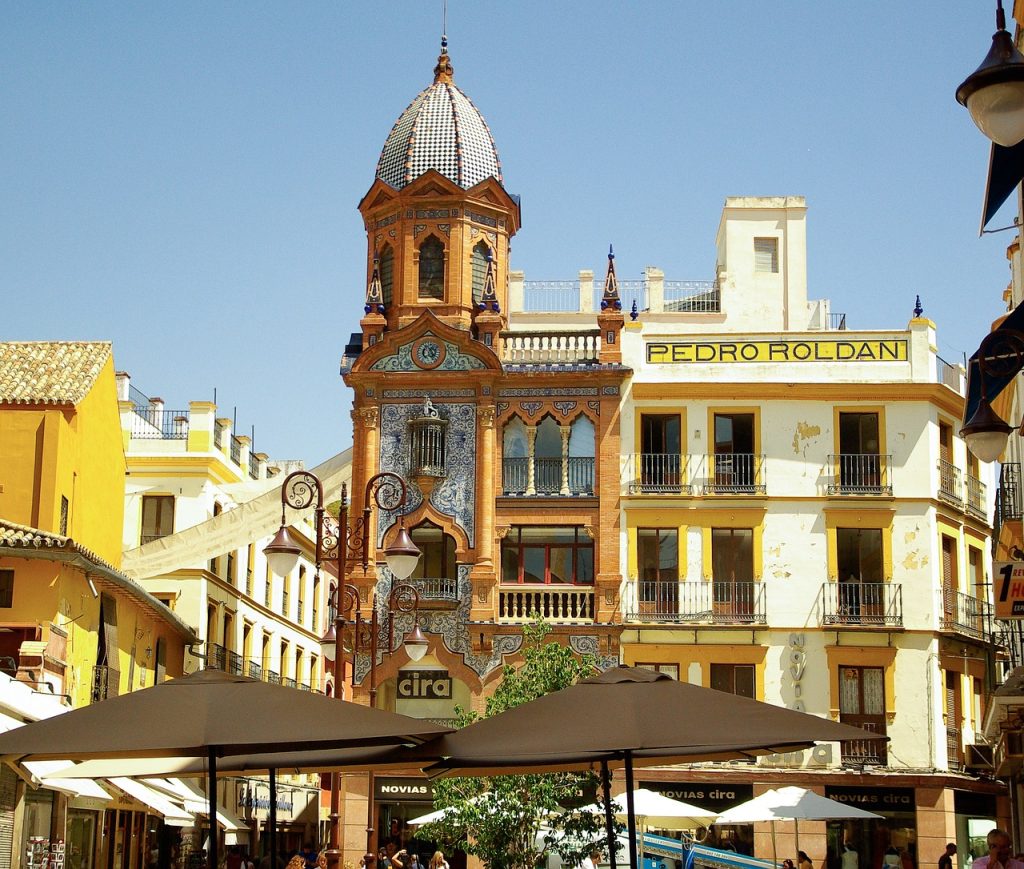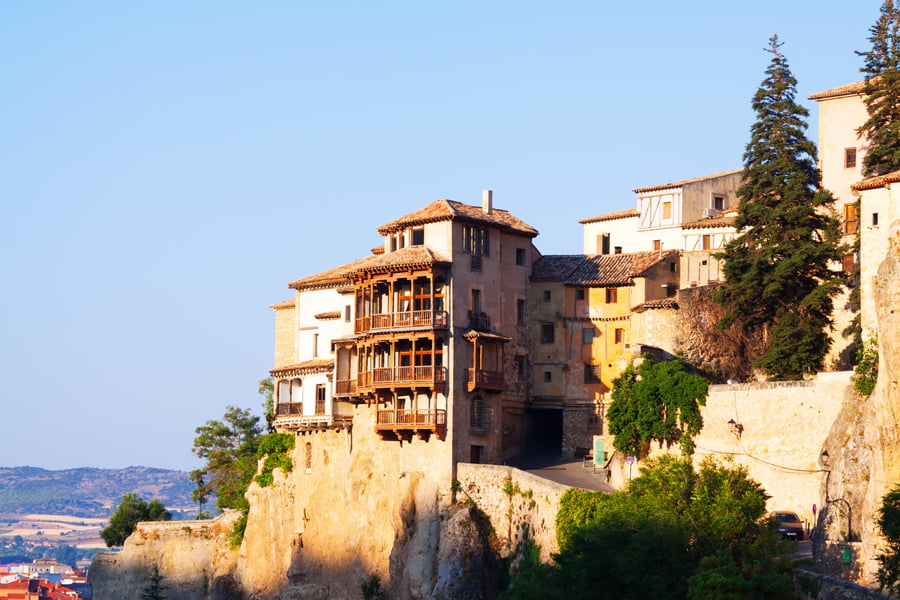Introduction
France is a country full of magical and varied places, and one of the most fascinating is its Atlantic coast. From picturesque Brittany to sophisticated Biarritz, the French Atlantic Route offers a myriad of breathtaking landscapes, gastronomic delights and unforgettable experiences. If you're thinking of exploring this wonderful route, you're in the right place. In this comprehensive travel guide, we'll take you through the best destinations, practical tips and everything you need to know to make the most of your adventure along the French Atlantic coast.
What is the French Atlantic Route?
The French Atlantic Route covers approximately 1,300 kilometres of coastline, from the Spanish border in the southwest to the Brittany region in the northwest. This route will allow you to discover charming fishing villages, unspoilt beaches, historic towns and a rich and diverse culture.
Travel Planning
Best Time to Visit
The best time to travel the French Atlantic Route is during spring and summer (April to September). During these months, the weather is warmer and more pleasant, ideal for enjoying the beaches and outdoor activities.
Transport
The most flexible and convenient way to travel the Atlantic Route is by car. This will allow you to stop in small towns and explore at your own pace. However, you can also opt for the train, as France has an excellent rail network connecting the main towns along the coast.
Accommodation
You'll find a wide variety of accommodation options, from cosy bed and breakfasts to luxurious beachfront hotels. Book early, especially in high season, to secure the best places.
Must-See Destinations on the French Atlantic Route
1. Nantes: The Gateway
What to See and Do
Nantes is a vibrant city with a mix of history and modernity. Don't miss the Castle of the Dukes of Brittany, the Isle of Machines with its famous mechanical elephant and the impressive Jardin des Plantes.
Gastronomy
Taste the famous Muscadet, a local white wine, and indulge in fresh seafood in the restaurants along the Loire River.
2. La Rochelle: Medieval Enchantment
What to See and Do
La Rochelle is known for its beautiful old port, surrounded by medieval towers. Stroll through the old town, visit the La Rochelle Aquarium and enjoy the view from the Saint Nicolas Tower.
Activities
Take a boat trip to the nearby Ile de Ré, famous for its beaches and charming villages.
3. Île de Ré: A Peaceful Paradise
What to See and Do
This island is perfect for lovers of nature and tranquillity. Cycle along the trails, relax on the white sandy beaches and explore the local markets.
Gastronomy
Taste oysters and other fresh seafood in the seaside restaurants.
4. Bordeaux: The Wine Capital
What to See and Do
Bordeaux is an elegant and sophisticated city. Visit the Place de la Bourse, the water mirror and the Museum of Wine and Commerce. Take a trip to the surrounding vineyards for a wine tasting.
Gastronomy
Don't miss the canelés, a delicious local pastry, and accompany it with an excellent local wine.
5. Arcachon and the Pilat Dune
What to See and Do
The Dune de Pilat is the highest sand dune in Europe and offers spectacular views of the Atlantic Ocean. In Arcachon, you can enjoy its beaches and stroll along its charming promenade.
Activities
Climb to the top of the dune for a unique experience and then relax on the beaches of Arcachon.
6. Biarritz: Glamour and Surfing
What to See and Do
Biarritz is known for its elegant beaches and vibrant surf culture. Visit the Museum of the Sea, the Rocher de la Vierge and enjoy a spa day in one of its luxurious hotels.
Activities
Try surfing on the famous beaches of Biarritz or just relax in the sun.
7. Saint-Jean-de-Luz: Basque charm
What to See and Do
This picturesque fishing village has a special charm with its colourful harbour and cobbled streets. Visit the Church of San Juan Bautista and the local market.
Gastronomy
Enjoy Basque cuisine, with specialities such as chipirón (squid) and Basque cake.
Practical Travel Tips
Documentation and Currency
France is part of the European Union, so if you are a citizen of a member country, all you need is your ID card or passport. The currency is the Euro.
Language
French is the official language, though in tourist areas many people speak English. Learning a few basic phrases in French can be very useful and appreciated by the locals.
Health and Safety
France is a safe country, but as with any tourist destination, keep an eye on your belongings and follow basic safety precautions. Make sure you have travel insurance to cover any eventuality.
Conclusion
The French Atlantic Route is a fascinating journey that combines the natural beauty, rich history and delicious gastronomy of the region. From vibrant cities to tranquil seaside villages, each stop on this route offers a unique experience. Whether you're looking for adventure, relaxation or cultural immersion, France's Atlantic coast has something for everyone.
Plan your trip in advance, enjoy every moment and let the magic of the French Atlantic Route envelop you. Bon voyage!
Don't forget to share your experiences and photos with us! If you have any questions or need further recommendations, don't hesitate to contact us.



